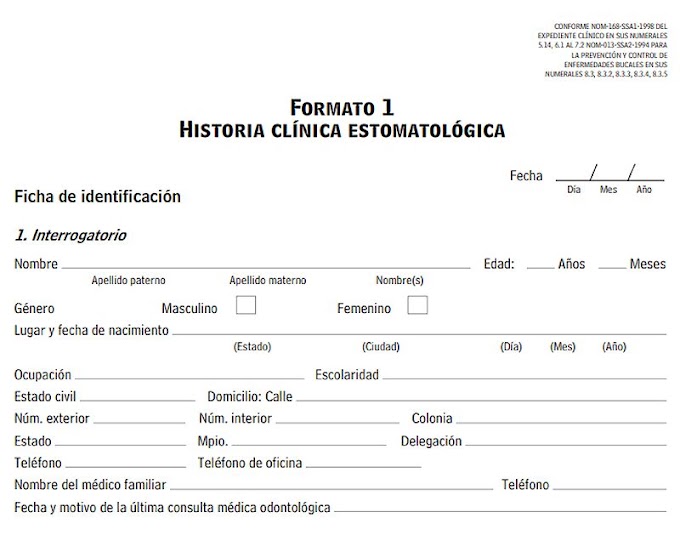Seeds of Alzheimer’s disease can potentially be transferred from one person to another by certain medical procedures that could include dental treatments, a study suggests.
While not proving that dementia can be “caught”, the explosive findings provide the first evidence of its transmission in humans via microscopic protein molecules.
Blood donations are not considered a meaningful risk, but should be investigated as a precaution, say the researchers.
Scientists stumbled on the discovery while investigating a rare form of “iatrogenic” Creuzfeldt Jakob Disease (iCJD), a brain-destroying condition known to be spread by contaminated surgical instruments and procedures.
► Read also: Heart infections rose after use of preventive dental antibiotics fell, British study finds
They inspected the brains of eight patients who died from the disease after receiving pituitary growth hormone extracted from cadavers.
Unexpectedly, six bore a clear molecular hallmark of Alzheimer’s — sticky clumps of fragmented protein called amyloid beta that form among neurons and on the walls of blood vessels. In four cases, the amyloid deposits were widespread and only one patient was not affected at all.
All eight were relatively young, aged 36 to 51, and none had genetic variants associated with early-onset Alzheimer’s disease.
The fact that each of these patients was a growth hormone recipient cannot be a coincidence, scientists believe. The evidence points to the hormone carrying the “seeds” of Alzheimer’s pathology as well as iCJD.
Since the prion proteins responsible for iCJD can be transmitted in other ways — for instance, by neurosurgery — experts fear the same could also be true for the Alzheimer’s molecule.
Lead scientist Professor John Collinge, director of the Medical Research Council Prion Unit at University College London, said there was increasing evidence that neurodegenerative diseases including Alzheimer’s might, in rare circumstances, be “acquired”.
Speaking on a phone-link to the British Science Festival taking place at the University of Bradford, he said: “What we need to consider is that in addition to there being sporadic Alzheimer’s disease and inherited or familial Alzheimer’s disease, there could also be acquired forms of Alzheimer’s.
“You could have three different ways you have these protein seeds generated in your brain. Either they happen spontaneously, an unlucky event as you age, or you have got a faulty gene, or you’ve been exposed to a medical accident. That’s what we’re hypothesising.”
Writing in the journal Nature, the scientists pointed out that, like CJD prions, amyloid beta protein fragments stuck to metal surfaces and resisted conventional sterilisation.
Previous experiments on laboratory mice and monkeys had already shown that transmission of the Alzheimer’s protein is at least theoretically possible.
When liquified brain tissue from deceased Alzheimer’s patients was injected into the central nervous systems of the animals, they developed the brain changes associated with the disease.
The scientists do not believe CJD prions somehow triggered the development of amyloid beta deposits in the brains of the growth hormone patients. But they say the process of extracting pituitary growth hormone might “purify” both the prions and amyloid beta particles.













